Zelda: 10 Differences Between Twilight Princess On GameCube And Wii
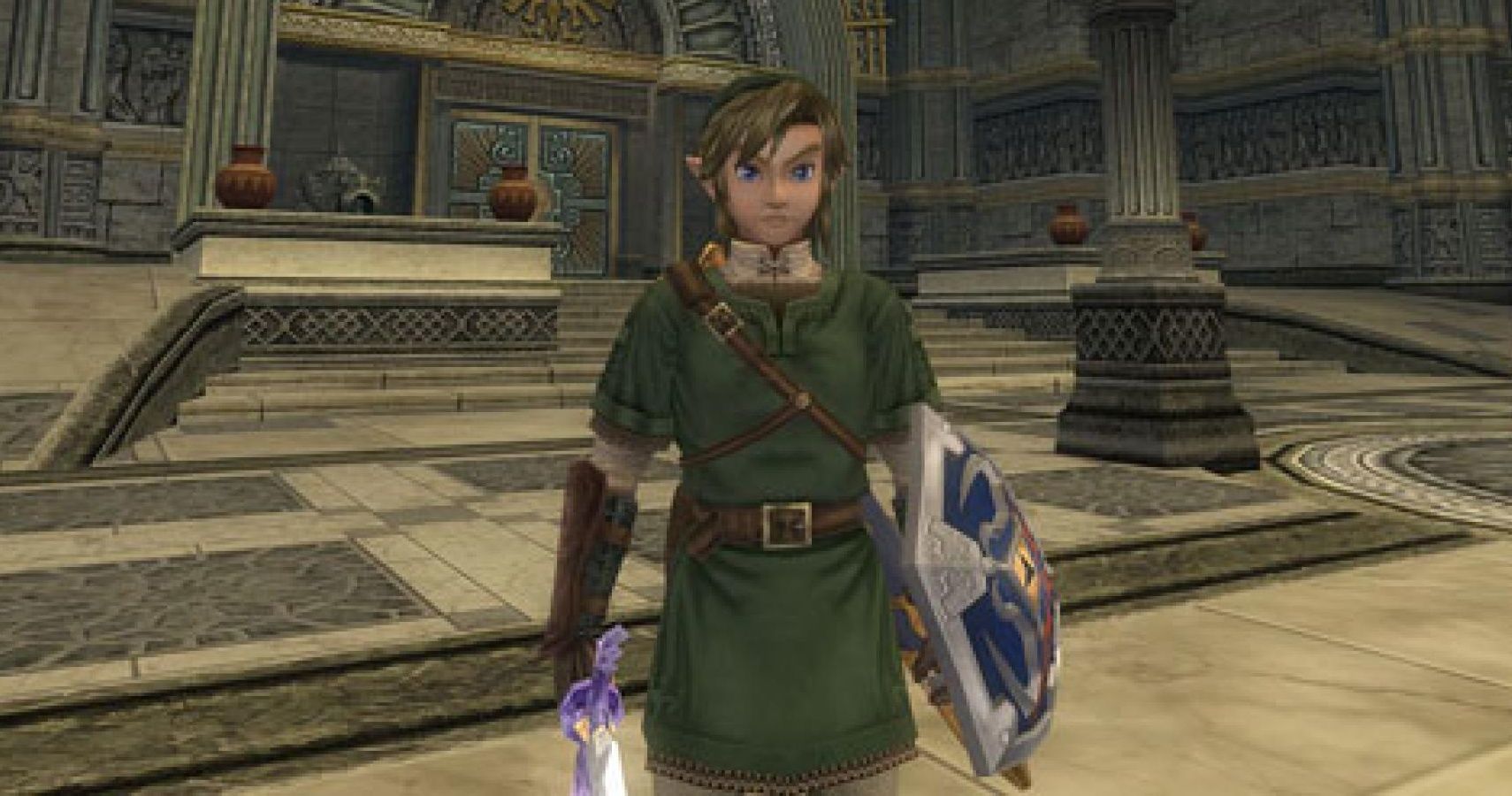
The Legend of Zelda: Twilight Princess is the thirteenth installment in the Legend of Zelda series. It is, according to Metacritic, one of the best videogames to have ever been produced in the early 2000’s. Created by Nintendo, with some guidance from Eiji Aonuma, it was first intended for just GameCube. As time went on, it transitioned into the Wii consoles.
Despite being a popular game, fans of the franchise still argue between which version of Twilight Princess is better: Wii or GameCube. Ten years after its original release, Nintendo remastered the video game to adapt it for the Wii U. Since all three consoles have different things to offer, here are the 10 differences between Twilight Princess on GameCube and Wii/Wii U.
10 Mirroring Worlds
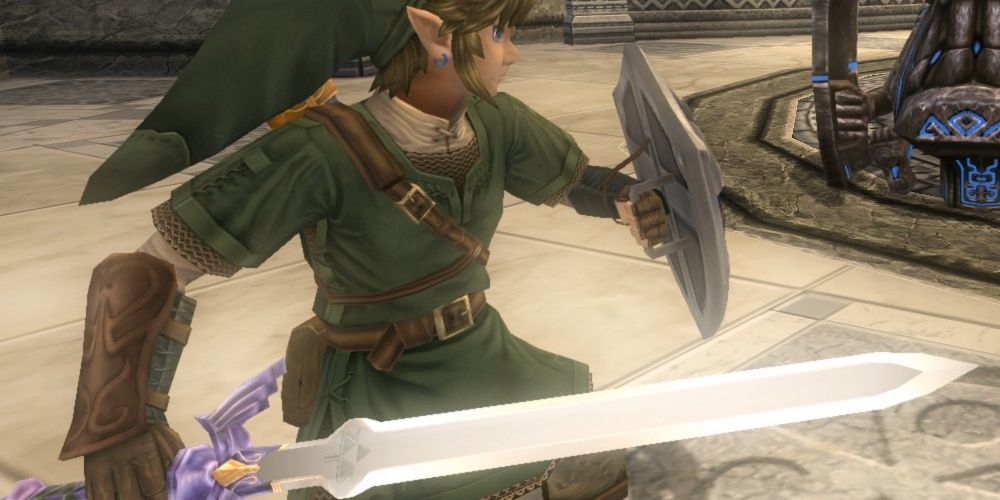
First and foremost, the most obvious distinction in this transition, Link’s main weapon. In the GameCube version, Link holds his sword with his left hand. However, Link holds his sword in the right hand in the Wii version. Not a huge difference, but still quite an important one when taking into consideration how Wii games operate, mainly because most people consider their dominant hand to be the right one. As for the GameCube version, it may not seem that important since the control does everything while players lean in slightly towards the screen on the couch.
In addition, since the Wii version changed Link from being left-handed to right-handed, the directors of the game simply flipped the rest of the game. Another example would be Lake Hylia; it went from being in the southwest corner to the southeast corner.
9 Controls
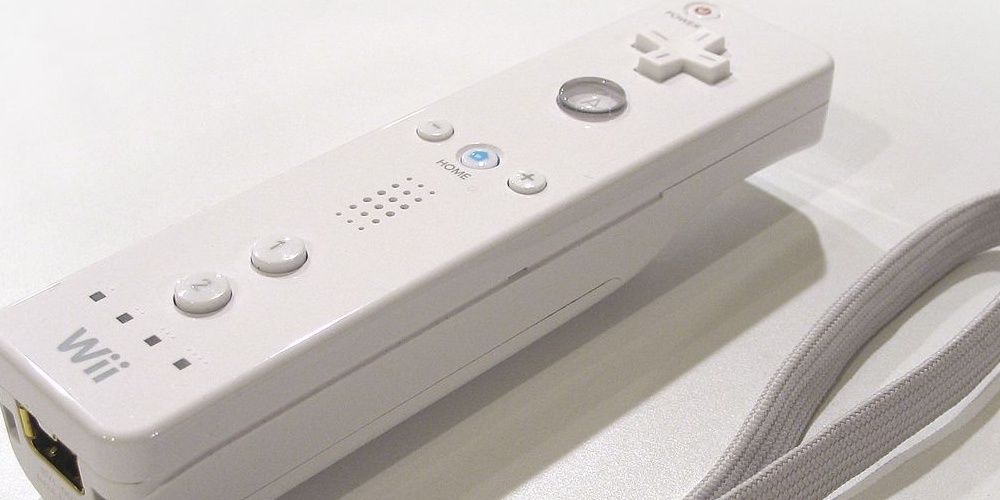
This is a detail unique to the Wii. While sounds on the GameCube version came out through the screen, the Wii version had the sounds come out of the remote. In addition, the Wiimote helps players break a little sweat through gesture recognition and pointing. This made aiming more accurate and efficient. Gamers could also possess three items simultaneously, as opposed to the GameCube’s limit of just two. On the other hand, while the Wiimote is better at directing attacks, the GameCube controller feels firmer, meaning that the moves and reflexes happen quicker. Because of this transition, gamers found the sword-swinging awkward. And yet, they found shooting arrows with the Wiimote satisfying.
In addition, while the GameCube controllers don’t make the game as “mobile,” the Wiimote still presents a small disadvantage. There are wireless GameCube controllers (and non-wireless). However, the Wiimote is only wireless. This isn't a problem until the batteries run out and players can’t play Twilight Princess.
8 Camera
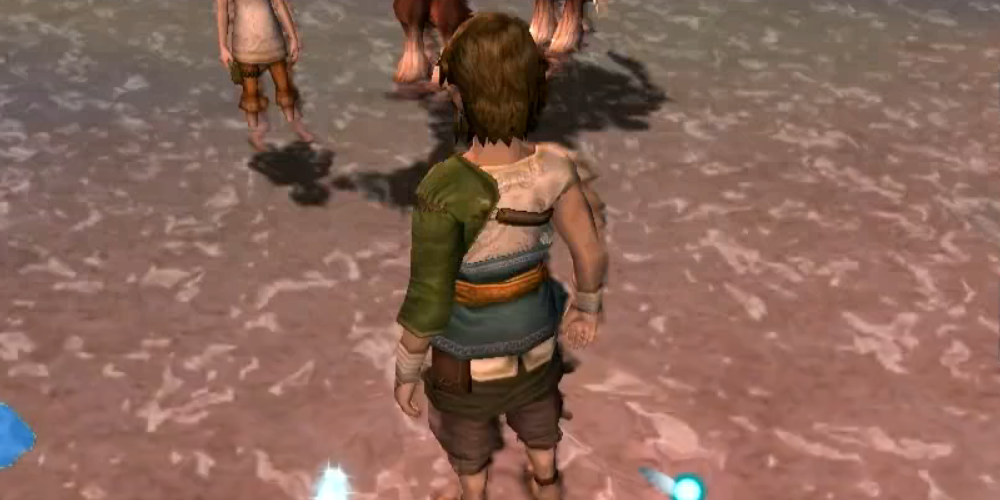
When the game made its transition into Wii, it lost the free-roam camera. GameCube allowed players to freely move the camera around with no "omnipotent look" option. Players would use the C-stick to look at all corners of a setting.
Because of it, they would have more freedom in movement and coordination. It’s nothing major, but it does facilitate the gameplay, especially when gamers use it as part of their strategy when encountering enemies that they have already seen before. As for the Wii, players are at the mercy of the game without the free-roam camera.
7 Screens
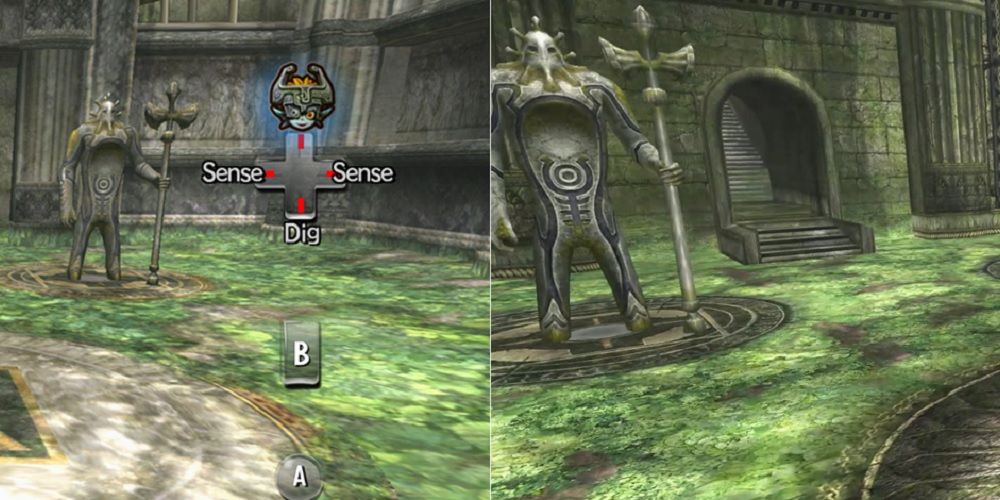
The Wii version of Twilight Princess has an enhanced viewing plane. Gamers, despite the lack of a free camera, can play Twilight Princess in a format presenting a wide field of vision in relation to height. This allows them to still get a better view of the level gamers happen to be in; gamers can notice the contrast when comparing the Wii version to GameCube’s standard 4:3 setup.
On the other hand, some gamers may argue that the GameCube’s version’s interface is much cleaner as it takes up less screen than the Wii.
6 Extra Moves
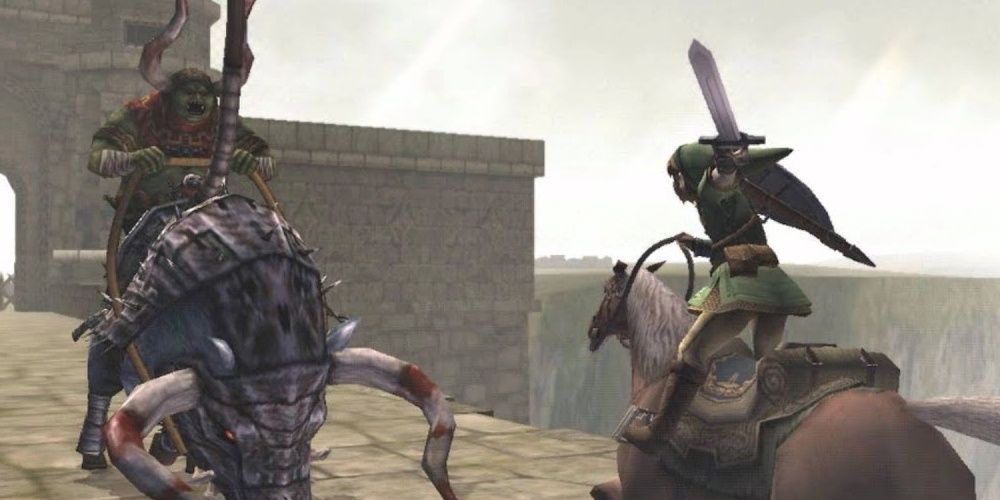
The GameCube version offers gamers the freedom to execute certain moves. Gamers can defend themselves while horseback riding. They can run with the sword on a different pose while holding B. Most importantly, players don't have to wait for the spin attack, also known as Whirling Blade, to recharge to use it again.
Overall, this transition from Nintendo GameCube to the Wii meant that certain moves became restricted as gamers had to get used to the lack of an A and B buttons in the Wii Remote.
5 Enhanced Graphics
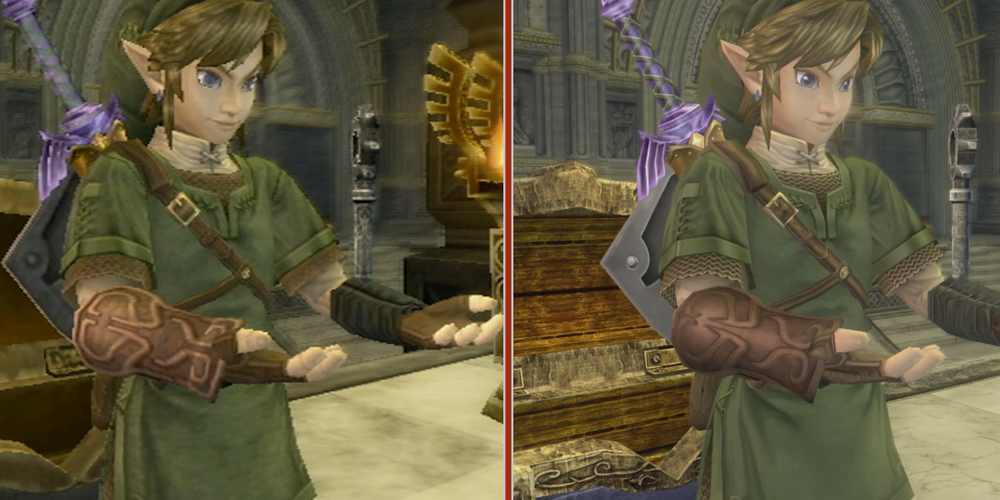
The rest of the differences are more noticeable when comparing the GameCube and Wii versions of Twilight Princess with the Wii U version. This includes enhanced graphics. While the game on the GameCube and Wii look the same, gamers have noticed a smoothing out in the Wii U version.
The 2016 HD version improved textures and lighting of the vintage video game. These features include the characters’ physical attributes such as Link’s hair, his armor, and game levels. Players, while aware of the original game’s age, sensed a refreshed sharpness on their way down Memory Lane.
4 Hero Mode
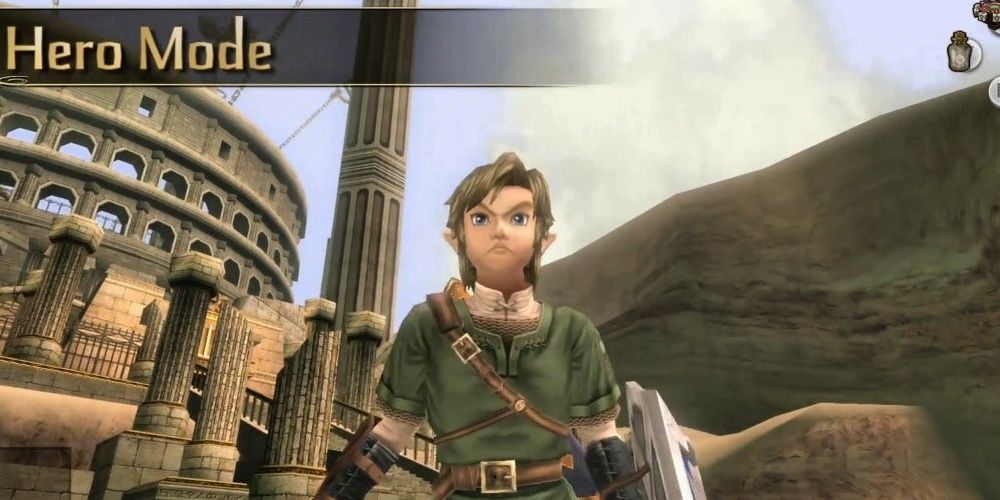
Another change that touches the heart of diehard fans is the Hero Mode. Although trivial to newer generations, those gamers with experience will notice that the Hero Mode in the Wii U’s HD version becomes more difficult. Being able to switch at the start of a new game, Hero Mode introduces gamers to a heartless world (literally) and to enemies that produce double the damage.
Just like in the original Wii console, Hero Mode is a mirrored version of GameCube’s Twilight Princess. The difficulty of this refreshed gameplay forces gamers to strategize their moves and inventory to ensure success.
3 New Level Additions
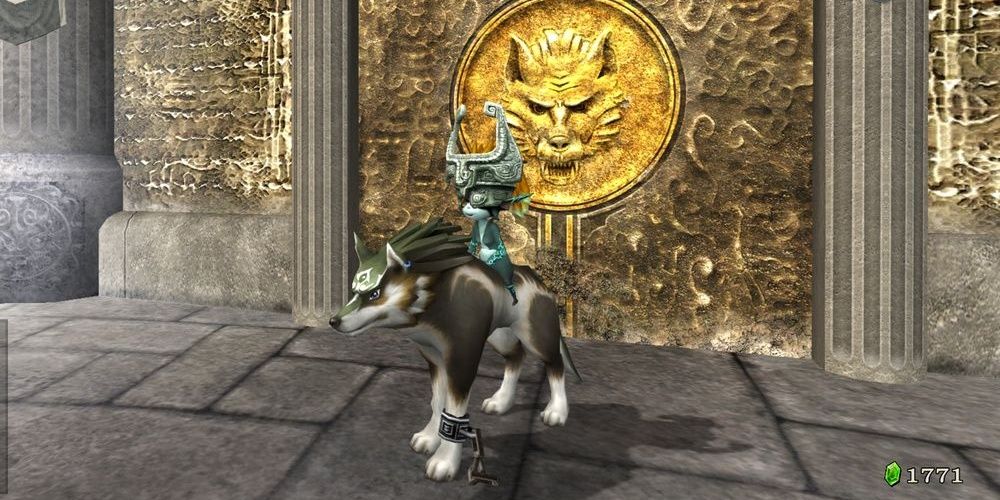
One of the most appreciated changes in Twilight Princess in the Wii U is the addition of The Cave Of Shadows. That’s right: There is a brand new dungeon. Because of another new feature regarding Wolf Link [Amiibo], which comes with the retail version of the game, gamers have access to this new addition.
Instead of engaging in patrol-like exploration, the dungeon provides players various battling challenges for Link while on Wolf form. As a reward, there is a surprise for players who complete The Cave Of Shadows.
2 Amiibo Features
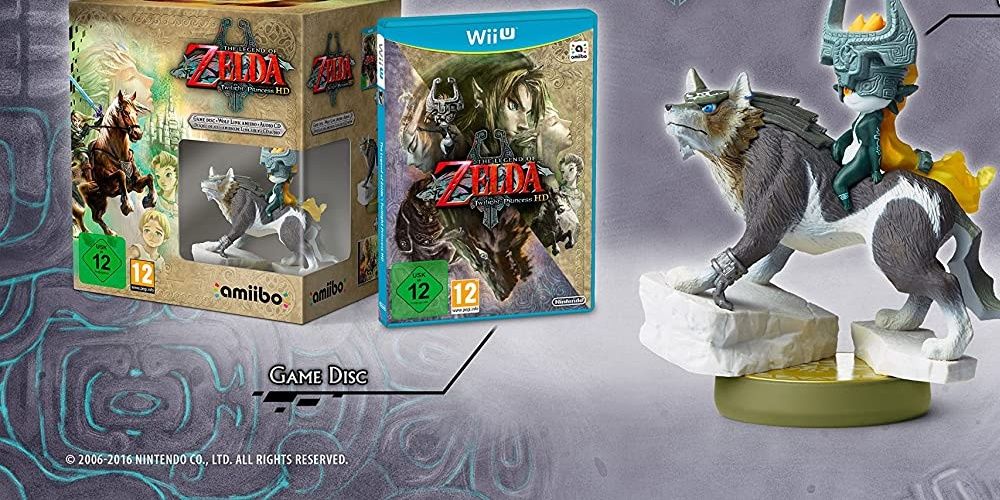
Speaking of which, Amiibo is a video game feature release by Nintendo in November 2014; it allows gamers to use wireless figurines to interact with the game. In this case, gamers can use said action figures in the Wii U version of Twilight Princess.
These include the aforementioned Wolf Link Amiibo to have access to The Cave Of Shadows, the Toon Link Amiibo to refill Link's arrows, the Zelda/Sheik Amiibo to give Link some Hearts, and the Ganondorf Amiibo to increase the difficulty and Link’s damage intake.
1 Streamlined Experience
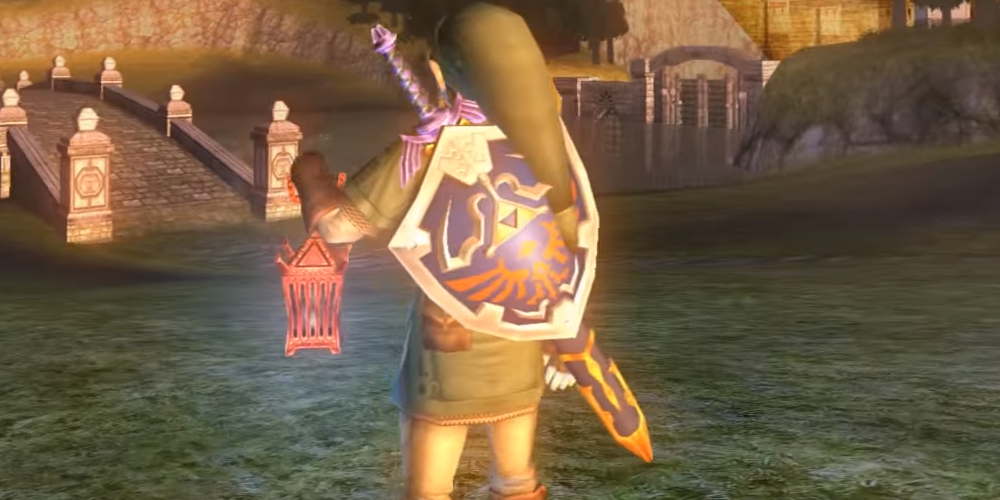
When it comes to the transition from GameCube to Wii and Wii U, the streamlined experience has been one of the best differences found in the consoles. It refers to the elimination of the defects found in the game’s original release back in 2006, all to turn the game’s pace into a docile one to newer gamers.
These fixings included the erasing of the dialogue needed for Link’s Wolf transformation, a bigger wallet, a ghost lantern to help Link locate lost souls, and a decreased number of Tears of Light for Link to find from 16 to 12.

Post a Comment